
Mikimoto pearls are considered by most experts to be the finest cultured pearls in the world. The pearls are the product of exhaustive research and experimentation by pearl expert Kokichi Mikimoto, and his pearls stand alone in beauty and value. Real Mikimoto pearls are relatively rare in the world of pearls, and they are expensive.
Formation of a Pearl
A natural pearl is produced when an irritant, like a grain of sand, is planted in the shell of a special kind of oyster. The nacre exuded by the oyster, over a period of months and years, surrounds the irritant. Then, perhaps unintentionally, the oyster is opened and the pearl emerges. However, finding natural pearls is a once-in-a-lifetime event, and the demand for pearl jewelry has long been higher than the natural supply. Kokichi Mikimoto, an oyster farmer, developed the idea of perfecting the production of cultured pearls.
Making Prettier Pearls
Mr. Mikimoto set out to create pearls by inserting the irritant into the shell and controlling the contents of the water that surrounded the oysters, moving his experimentation to fresh water instead of salt water. Others in Japan had been producing cultured pearls for years, but it was Mr. Mikimoto's determination that inspired him to try to produce the most beautiful pearls. The Mikimoto company proudly displays a pyramid of pearls on its website, and also explains that its pearl jewelry uses only the best 5 percent of all pearls.
Grading of Mikimotos
Even in photographs, it is clear that Mikimotos are of the best quality, AAA, as these pearls are exceptionally lustrous and mirror-like. The AAA grade is given only to pearls that are free of blemishes, as well. The next grade of pearls is the AA. These are nearly as reflective but may have very slight imperfections. Even the A+ and the A grades have wonderful reflective qualities but are more blemished than those graded higher. Considering that pearls are organic in origin, it is to be expected that they will rarely have perfect surfaces; a perfect pearl is nearly priceless.
Validation
Certification of a Mikimoto pearl necklace or brooch is straightforward, because the manufacturer includes a grading certificate with each piece. To ask for thousands of dollars for a pearl necklace would not be justified if the piece were not officially certified. In addition, genuine Mikimoto pieces are embossed somewhere with the company's M, most likely on a clasp.
Imposters
Imitators of Mikimoto abound, most of them labeling their products as Mikimoto-inspired or Mikimoto quality, but without either the certificate of authenticity or the marking M. There are no Mikimoto equivalent pearls in existence, experts say, so "Mikimoto quality" is an invalid claim. Pearl experts recommend examining a genuine Mikimoto under 10X magnification and then looking at other pearls in the same way. They assert that there is no doubt about which one is Mikimoto.
Shopping for Mikimoto Pearls
Unless there is a Mikimoto dealer nearby, websites are the most convenient way to learn about Mikimoto styles and prices. Study the prices carefully, because pearl jewelry can be sold anywhere by anyone, so the buyer must be prepared with comparison prices and ways to identify genuine Mikimotos. A legitimate dealer in pearls will also discuss prices and quality with an interested customer, and buying Mikimotos from an auction site or a suspicious dealer could be a foolish decision.
Related Articles

What Is the Range of the Cost of Pearls?

The History of Biwa Pearls

How to Determine the Value of Pearls

How to Tell a Real Tiffany's Necklace ...

History of Pink Pearls
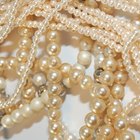
What Countries Harvest Pearls?

How to Measure Pearls

In What Parts of the World Are Valuable ...
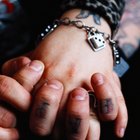
How to Know If You Have the Real ...

Mother of Pearl Vs. Shell Buttons

How to Spot a Fake Mont Blanc Watch

How to Tell What Pearls Are Worth
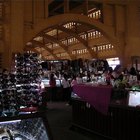
How to Buy Diamond Jewelry in Cambodia
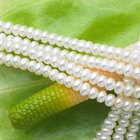
How to Identify a Majorica Pearl
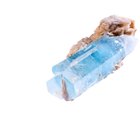
List of the Types of Semi-Precious ...
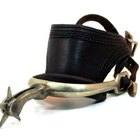
How to Identify Crockett Spurs

Tanzanite Vs. Diamonds

How to Collect and Sell Turquoise ...

How to Sell Pearls
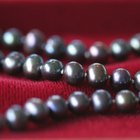
What is the Value of Black Pearls?
Writer Bio
Karen W. Waggoner is a retired teacher and lifetime scribbler. She has published short stories, essays in anthologies and periodicals. Waggoner is the author of the memoir, "On My Honor, A Navy Wife’s Vietnam War." She is a graduate of Stetson University, the University of Connecticut and Christian College for Women.
Photo Credits
hand touching necklace ring jewelry pearl finger wedding image by Paul Retherford from Fotolia.com